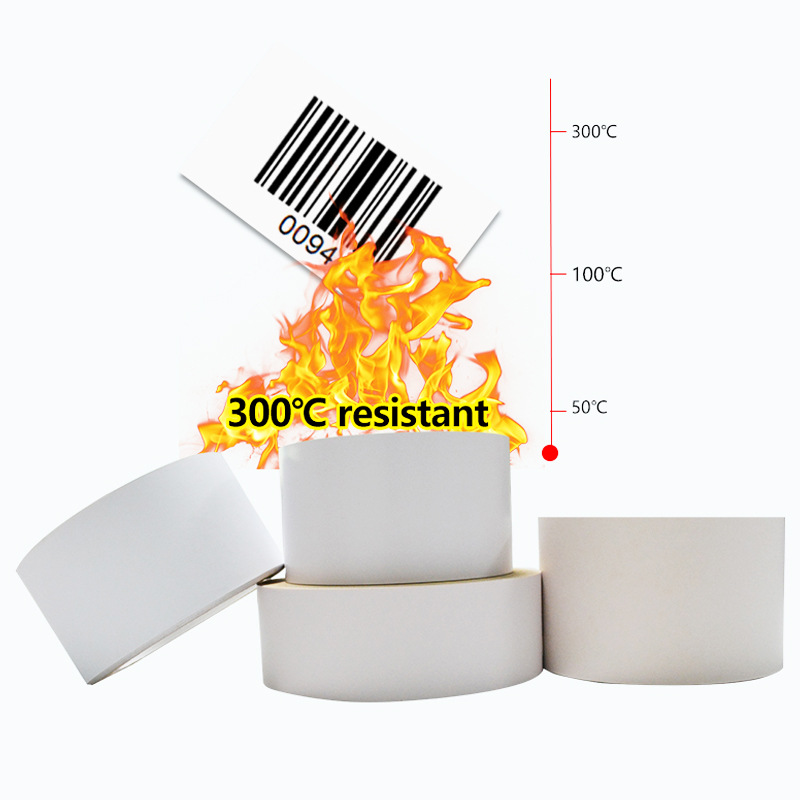Flame Retardant Labels: Ecological Choices in the Construction Industry
Flame retardant labels play a crucial role in ensuring safety and compliance within the construction industry. As the demand for sustainable and environmentally friendly products continues to grow, it is essential to explore ecological choices when it comes to sticker label materials. In this article, we will delve into the importance of flame retardant labels, discuss the ecological options available, and highlight their benefits in the construction industry.
The Importance of Flame Retardant Labels
Flame retardant labels are designed to resist ignition and slow down the spread of fire, making them vital in promoting fire safety in various construction applications. These labels are typically used on electrical panels, cables, pipes, and other equipment where fire hazards are prevalent. By incorporating flame retardant labels, construction professionals can reduce the risk of fire-related accidents and protect both property and human lives.
Ecological Choices for Flame Retardant Labels
With an increasing focus on sustainability, the construction industry is actively seeking ecological choices for flame retardant labels. Here are some of the environmentally friendly options available:
1. Recycled Materials: Labels made from recycled materials, such as post-consumer waste or post-industrial waste, offer a sustainable alternative. By reusing materials that would otherwise end up in landfills, these labels contribute to waste reduction and conserve natural resources.
2. Biodegradable Labels: Biodegradable labels are designed to break down naturally over time, reducing their environmental impact. These labels are typically made from plant-based materials, such as corn or sugarcane, which can decompose without leaving harmful residues behind.
3. Water-based Adhesives: Traditional labels often use solvent-based adhesives that contain volatile organic compounds (VOCs), which can be harmful to both human health and the environment. Water-based adhesives, on the other hand, are non-toxic and have a lower environmental impact.
4. Halogen-free Labels: Halogenated flame retardants, commonly used in labels, have been associated with adverse health effects and environmental pollution. Choosing halogen-free labels ensures a safer and more sustainable option, as they do not contain chlorine, bromine, or other halogenated compounds.
The Benefits of Ecological Flame Retardant Labels
Opting for ecological choices in flame retardant labels brings several advantages to the construction industry:
1. Environmental Protection: By using labels made from recycled materials or biodegradable options, construction professionals can contribute to reducing waste and minimizing their ecological footprint.
2. Health and Safety: Labels with water-based adhesives and halogen-free materials eliminate the risks associated with VOCs and halogenated flame retardants, ensuring a healthier working environment for construction workers.
3. Regulatory Compliance: Many countries have stringent regulations regarding fire safety and environmental standards. Choosing ecological flame retardant labels helps construction companies adhere to these regulations and avoid penalties or legal issues.
4. Positive Brand Image: Embracing sustainable practices and using ecological labels can enhance a construction company's reputation and attract environmentally conscious clients who prioritize sustainability.
Conclusion
Flame retardant labels are an essential component in promoting fire safety within the construction industry. By opting for ecological choices, such as labels made from recycled materials, biodegradable options, water-based adhesives, and halogen-free materials, construction professionals can not only ensure safety but also contribute to a more sustainable future. Embracing these ecological choices provides numerous benefits, including environmental protection, improved health and safety, regulatory compliance, and a positive brand image. It is crucial for the construction industry to recognize the significance of ecological flame retardant labels and actively incorporate them into their practices.
We offer comprehensive technical support, including free professional labeling solutions, advice on label materials and adhesive selection, as well as online/offline assistance from professional software and hardware engineers. Service email: andy@ownlikes.cn. In pre-sales, we leverage our extensive experience in specialty labeling projects to provide clients with the most suitable hardware solutions. Additionally, all our label barcode printers and scanners come with a three-year free warranty, demonstrating our confidence in our products.






This site is protected by reCAPTCHA and the Google Privacy Policy and Terms of Service apply.